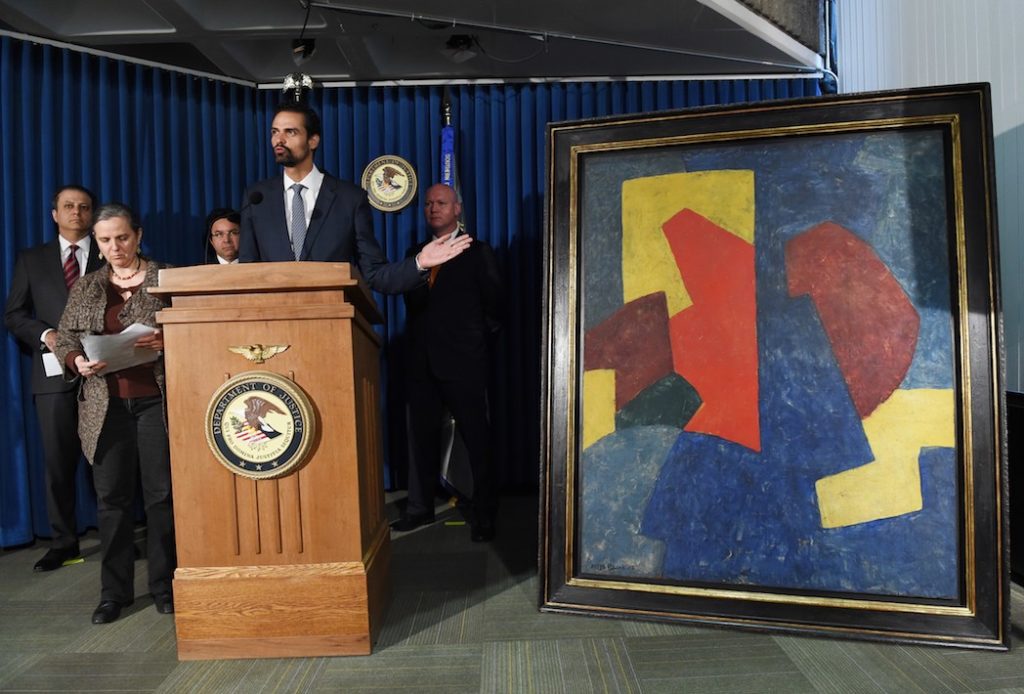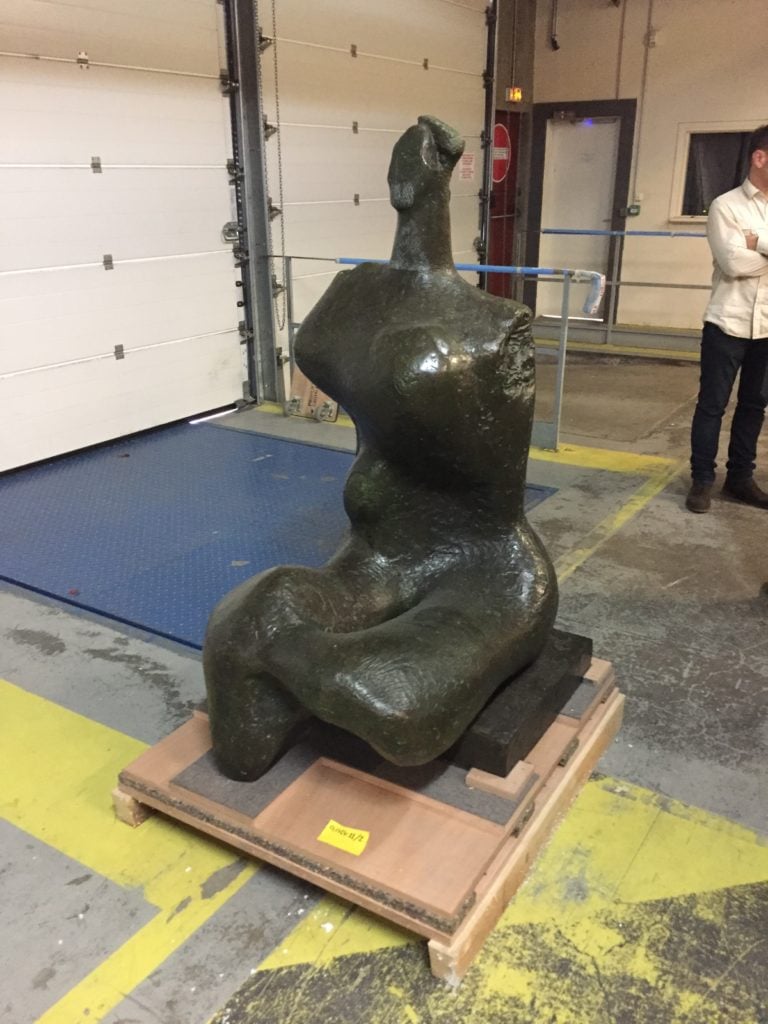Art World
US Government Repatriates 95 Artworks Linked to Disgraced Brazilian Financier
The blue-chip collection was part of a massive money laundering scheme.

The blue-chip collection was part of a massive money laundering scheme.

Henri Neuendorf

The United States has seized and returned 95 artworks valued in the tens of millions of dollars that once belonged to the disgraced Brazilian banker Edemar Cid Ferreira. The founder and former president of Banco Santos, Ferreira was convicted of money laundering and crimes against the national financial system in 2006 and is currently appealing against a 21-year prison sentence.
During his tenure as president of Banco Santos, Ferreira bought dozens of works by blue-chip names including Jean-Michel Basquiat, Louise Bourgeois, Francis Picabia, Henry Moore, and Anish Kapoor. In 2006, a Brazilian court found that he bought the works with illegally obtained funds from Banco Santos and ruled that they should be seized and used to repay the bank’s creditors.
But when Brazilian officials searched Ferreira’s home, storage facility, and offices in 2006, they discovered that much of the collection was missing. They have been on the hunt for them ever since.
The collection was illegally smuggled out of Brazil between November 2004 and March 2005, according to authorities. The works were shipped through the US with false documentation, inaccurate valuations, and fabricated titles to locations in Switzerland, France, the Netherlands, and the UK. (For example, when the work by Basquiat, which has been appraised at $8 million, was sent to a New York storage facility from the Netherlands, the shipping invoice stated it was worth only $100.)

Henry Moore’s Woman. Photo: courtesy of Sequor Law.
Over the next 11 years, the US worked with Interpol and governments across Europe to locate the star-studded collection. Dutch authorities seized three crates containing 85 of the missing artworks from a storage facility and turned them over to US authorities; a UK-based auction house voluntarily handed over seven artworks to US law enforcement; the underwriters of an insurance policy to a company controlled by Ferreira handed over a painting by Rufino Tamayo; and an unnamed New York gallery reached a settlement to jointly sell a painting by Helen Frankenthaler with the Brazilian judicial administrator in a deal approved in March 2017. Most recently, a Henry Moore statue was seized by French authorities from a storage facility and handed over to US authorities this summer.
Why did it take so long to find and return the works? According to Arnoldo B. Lacayo of Sequor Law, one of the attorneys representing the Brazilian Judicial Administrator, the repatriation process was drawn out because the art was subject to complex criminal and bankruptcy cases in Brazil and the US. “The recovery process… has taken time but represents an important success on behalf of the many creditors of the Estate of Banco Santos who were hurt as a result of the illicit activity which resulted in the bank’s demise,” he says. “In short, while some of the art left Brazil as long ago as 2004, the criminal, bankruptcy and forfeiture cases only came later.”
The latest repatriation comes after the US attorney returned five works—paintings by Jean-Michel Basquiat, Roy Lichtenstein, Joaquin Torres Garcia, Serge Poliakoff, and a Roman sculpture—valued at a combined $20–30 million to Brazil in June 2015.
“These works were used to mask an audacious criminal scheme by Edemar Cid Ferreira,” acting Manhattan US attorney Joon H. Kim says in a statement. Thanks to efforts of the US attorney’s office and Homeland Security Investigations, “these treasured pieces will be returned to their rightful owner, the bankruptcy estate of Ferreira’s insolvent Banco Santos.”